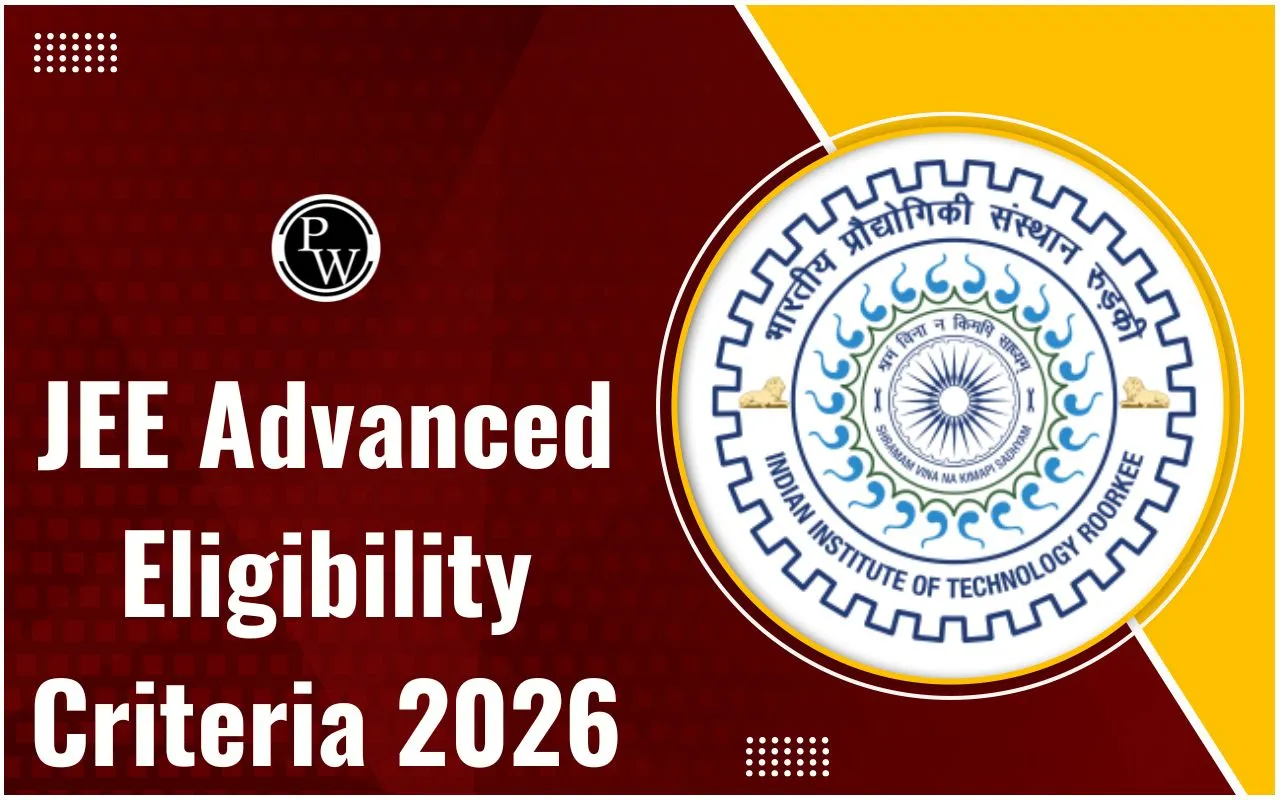
Motion of Satellite : We will start with the principle of launching of a satellite from the surface of the earth with minimum speed that is required to put the satellite into its orbit around earth (orbital speed of satellite).Followed by this we will learn that that angular momentum of a satellite depends on both the mass of the satellite (m) and the mass of the planet (M).
. It also depends upon the radius of the orbit (r) of the satellite. At last a brief discussion is made on weightlessness in satellite in which One can analyse the situation from the frame of the satellite. Working in the satellite frame we have to add a centrifugal force on all bodies. If the mass of a body is m, the centrifugal force is m away from the centre of the earth. This pseudo force exactly balances the weight of the body which is towards the centre of the earth. A body needs no support to stay at rest in the satellite and hence all positions are equally comfortable.Principle Of Launching A Satellite
Principle Of Launching A Satellite : Consider a very high tower on the surface of earth whose height is more than the height of the earth’s atmosphere. Let a body be projected from top of this tower with some horizontal speed. The body will describe a parabolic path under the effect of gravity and hit the surface of earth at point A, If the initial horizontal speed of projection of the body is increased, the body will hit the surface of the earth at point A, farther from the foot of the tower. Clearly, the horizontal range in second case is more than that in the first case.
If we go on increasing the initial horizontal speed of projection of the body, its horizontal range will also increase and finally a stage will come when the body will not hit the earth, but will always be in a state of free fall under gravity in an attempt to fall on earth. Then the body will describe a stable circular path round the earth and becomes a satellite of earth. The minimum speed required to put the satellite into its orbit around earth is called orbital speed of satellite.
Angular Momentum of a Satellite
When a satellite of mass m is orbiting with linear speed v on the orbital path of radius r around the earth, its angular momentum is given by
L = mvr =
From the above equation, it is clear that angular momentum of a satellite depends on both the mass of the satellite ( m ) and the mass of the planet ( M ). It also depends upon the radius of the orbit ( r ) of the satellite.
Consider a satellite of mass m revolving around the earth in circular orbit of radius r
The gravitational pull between the satellite and earth provides the necessary centripetal force to satellite to revolve in the orbit.
So, orbital speed is given by
If h is height of satellite from earth's surface and R is the radius of earth, then
r = R + h
If T is the time period of satellite, then
Problem Solving Technique(s)
(a) The square of the time period is directly proportional to the cube of the distance of separation.
(b) We observe that the time period and the orbital velocity of a satellite of mass m is independent of mass of satellite and depend upon mass of planet (M) and the radius of orbit ( r).
(c) If satellite revolves close to the surface of planet, then r ≃ R (= the radius of planet). So
i.e., Time period for two satellites revolving about two different planets close to their surface is pro-portional to . Hence
(d) If a satellite is close to earth's surface such that h ≪ R, then orbital speed
The periodic time T and the angular velocity ω are given by
For earth R = 6400 km = 6.4x10 6 m and g=9.8 ms --2
orbital speed,
and period of revolution i.e.
sec = 84.6 min
(e) The bodies are weightless in the satellite because the centrifugal force on body in rotating satellite is balanced by gravitational pull of earth.
(f) Suppose the height of a satellite is such that the time period of the satellite is 24 h and it moves in the same sense as the earth. The satellite will always be overhead a particular place on the equator. As seen from the earth, this satellite will appear to be stationary. Such a satellite is called a geostationary satellite. Putting T = 24 h in the expression of T, the radius of geostationary satellite comes out to be r = 4.2 × 10 4 km. The height above the surface of earth is about 36000 km.
(g) The plane of orbit of a satellite always passes through the centre of the earth as force is always towards centre of earth. In case of geostationary satellite, it is an equatorial plane (passing through equator)
Weightlessness In A Satellite
A satellite moves round the earth in a circular orbit under the action of gravity. The acceleration of the satellite is GM /R 2 towards the centre of the earth, where M is the mass of the earth and R is the radius of the orbit of the satellite. Consider a body of mass m placed on a surface inside a satellite moving round the earth. The forces on the body are (a) the gravitational pull of the earth = , (b) the contact force N by the surface. By Newton’s law,
or, N = 0.
Thus, the surface does not exert any force on the body and hence its apparent weight is zero. No support is needed to hold a body in the satellite. All positions shown in figure are equally comfortable.
One can analyses the situation from the frame of the satellite. Working in the satellite frame we have to add a centrifugal force on all bodies. If the mass of a body is m, the centrifugal force is m away from the centre of the earth. This pseudo force exactly balances the weight of the body which is towards the centre of the earth. A body needs no support to stay at rest in the satellite and hence all positions are equally comfortable. Water will not fall down from the glass even if it is inverted. It will act like a “gravity free hall”. Such a state is called weightlessness. It should be clear that the earth still attracts a body with the same force ⋅ The feeling of weightlessness arises because one stays in a rotating frame.
Motion Of Satellite FAQs










